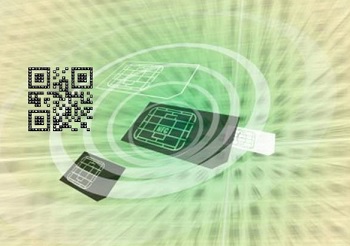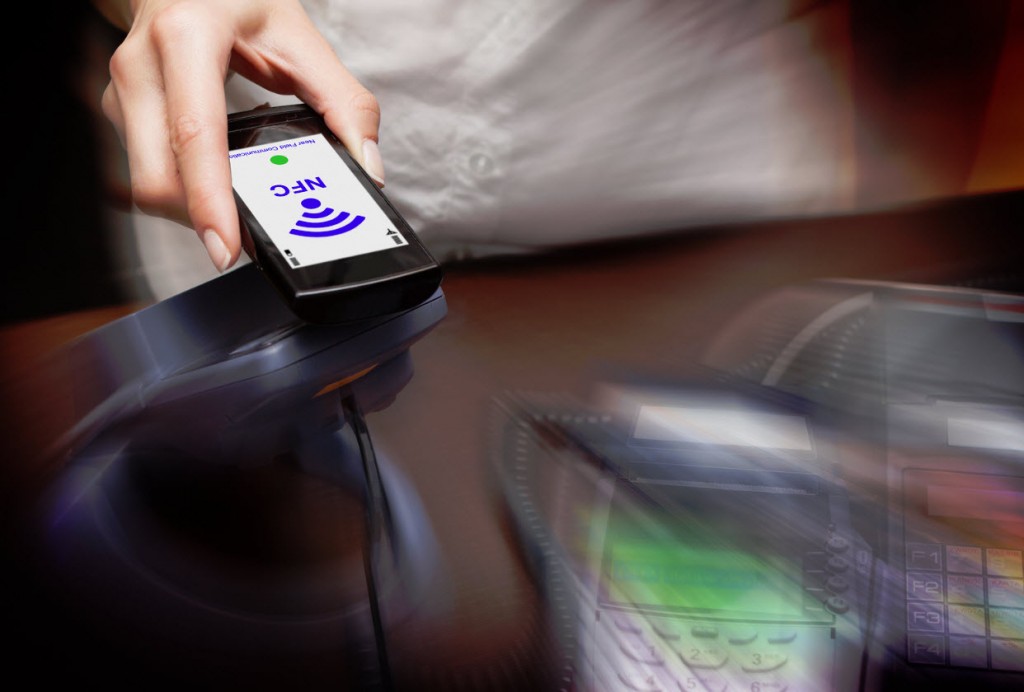The contactless tech is now working to catch up within the mobile ticketing space.
ABI Research has released a prediction that NFC technology is making some progress in terms of gaining ground toward QR codes and that this will progress over the next half decade.
It also predicted that in that time there will be 34 billion tickets that will be delivered by way of mobile devices.
The massive number of tickets delivered over smartphones, tablets (and likely wearables, considering the direction that the trend is taking) will define a number of tech trends, particularly when it comes to the time of authentication. This area is currently dominated by QR codes, NFC technology, SMS Bluetooth Smart, mobile wallets, and dedicated apps.
Currently, there is a considerable lead in QR codes over NFC technology for this purpose.
The prediction ran from 2014 through 2019 and it predicted that QR codes will hold their top position at 48 percent of all the tickets that will be delivered over mobile devices. That said NFC technology will make it to 30 percent, and other methods such as SMS will make up the remaining 22 percent. This will mean that near field communication will experience the fastest level of growth throughout that period of time, with a CAGR of more than 100 percent.
QR codes have their massive head start behind their vast majority and the fact that they will be able to hold their position in the lead with mobile ticketing. These quick response codes have already solidly established themselves in a number of large companies, such as Masabi, for ticketing deliveries, allowing it to become well established in ticketing apps such as train and stadium tickets, events tickets, and airline boarding passes. Having gained that position, it is more challenging for other forms of tech to carve out their own place.
The mobile ticketing market is being seen as a solid example of an area in which these new forms of tech are now becoming a regular part of everyday life. NFC technology has seen its struggles but it looks like there are some areas in which it is continuing to experience a notable enough amount of growth.

 The researchers in this study found that although near field communication based contactless payments are becoming increasingly popular in the United Kingdom and Europe, and that consumers are trusting this tech as safe, these transactions are actually more vulnerable than had previously been thought.
The researchers in this study found that although near field communication based contactless payments are becoming increasingly popular in the United Kingdom and Europe, and that consumers are trusting this tech as safe, these transactions are actually more vulnerable than had previously been thought.